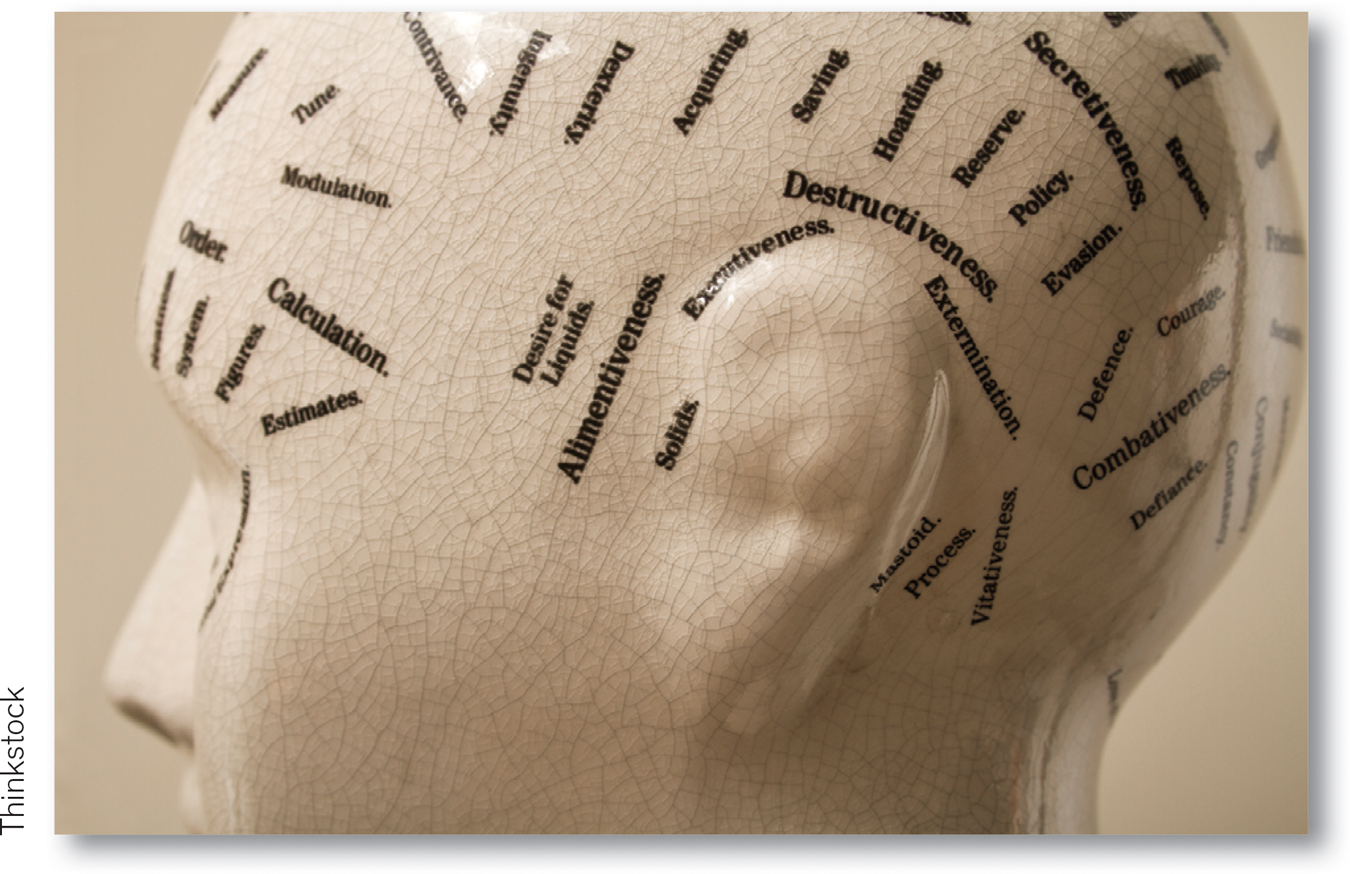Costs, Benefits, and Profits
In making any type of decision, it’s critical to define the costs and benefits of that decision accurately. If you don’t know the costs and benefits, it is nearly impossible to make a good decision. So that is where we begin.
An important first step is to recognize the role of opportunity cost, a concept we first encountered in Chapter 1, where we learned that opportunity costs arise because resources are scarce. Because resources are scarce, the true cost of anything is what you must give up to get it—
Whether you decide to continue in school for another year or leave to find a job, each choice has costs and benefits. Because your time—
When making decisions, it is crucial to think in terms of opportunity cost, because the opportunity cost of an action is often considerably more than the cost of any outlays of money.

Economists use the concepts of explicit costs and implicit costs to compare the relationship between opportunity costs and monetary outlays. We’ll discuss these two concepts first. Then we’ll define the concepts of accounting profit and economic profit, which are ways of measuring whether the benefit of an action is greater than the cost. Armed with these concepts for assessing costs and benefits, we will be in a position to consider our first principle of economic decision making: how to make “either–